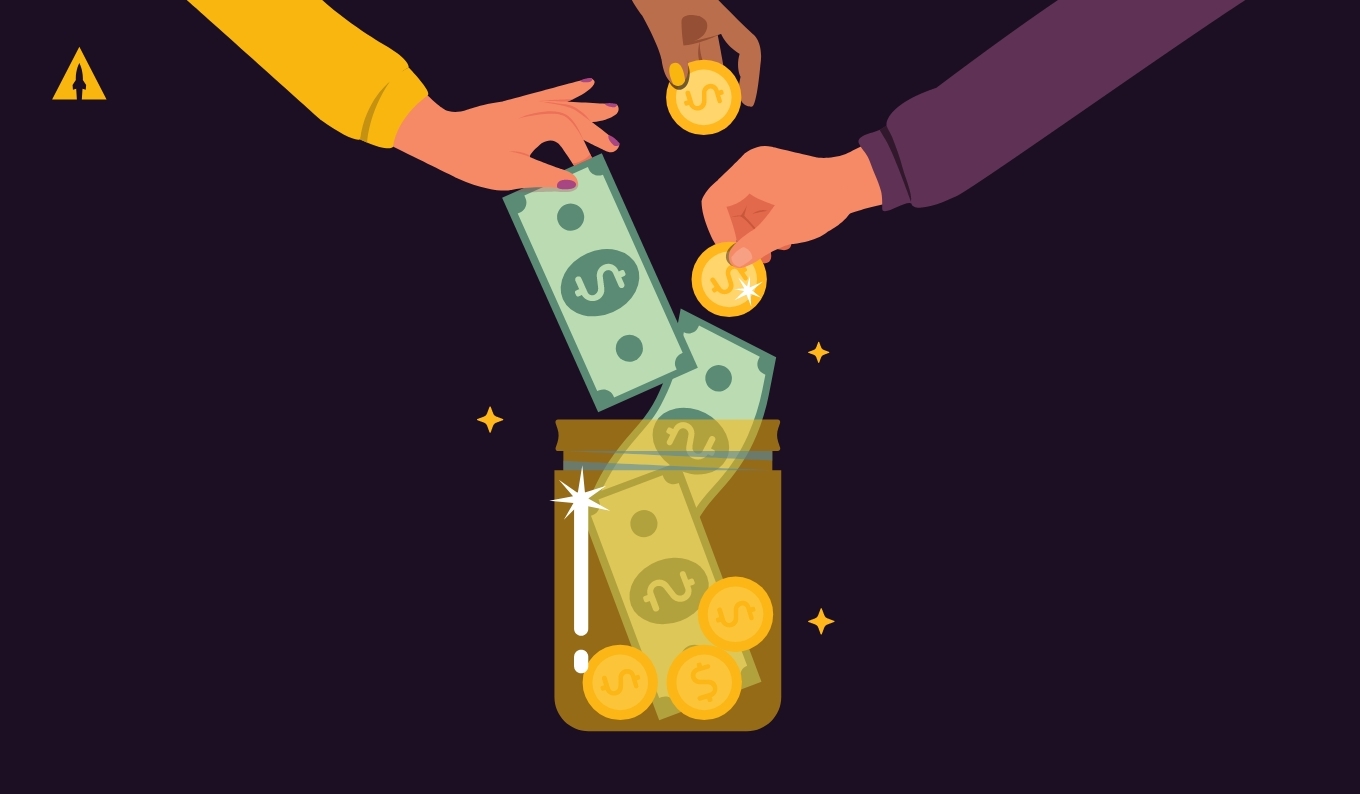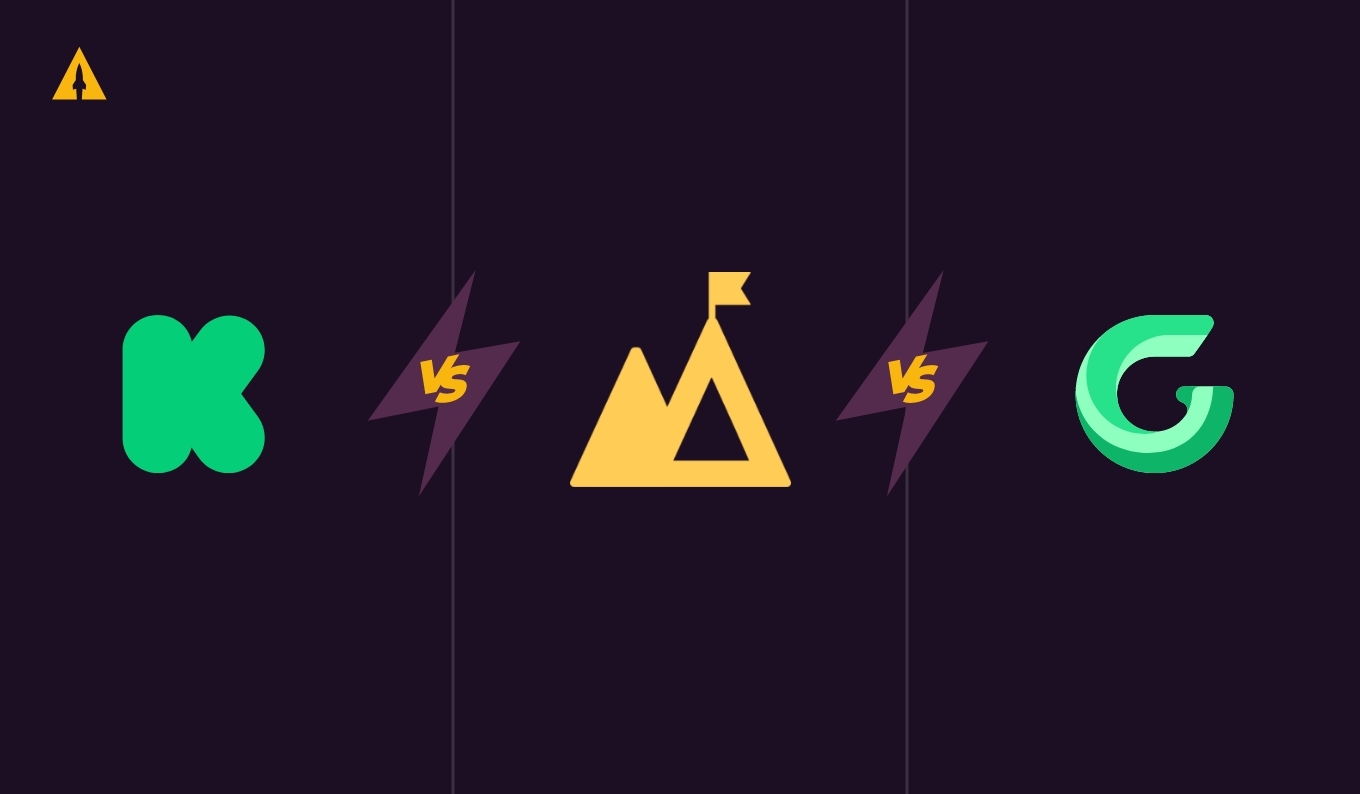
When I published the original version of this article in 2023, the Kickstarter landscape looked dramatically different. Strategies that consistently delivered results then have evolved a lot, and “the bar” for what’s good has gone up.
In 2025, promoting a Kickstarter campaign is both easier and harder than it was in 2023. Easier because there are better tools, more sophisticated strategies, and clearer roadmaps to success. Harder because competition is fiercer, backer expectations are higher, and the margin for error is thinner.
If you’re planning to launch a Kickstarter this year, you need to understand how the platform has evolved and what strategies to boost your campaign are actually working right now. Not what worked two years ago. Not what worked for that one campaign you read about on Reddit. What’s working today, in 2025.
In this completely updated guide, I’ll walk you through 7 proven steps to promote your Kickstarter campaign based on what we’ve learned from hundreds of launches over the past two years.
Contents
- Key Takeaways
- Step 1: Master the 4 Horsemen of Traffic
- Step 2: Build a Rock-Solid Pre-Launch Promotion Strategy
- Step 3: Leverage Kickstarter’s Latest Features
- Step 4: Build a Campaign That Actually Converts
- Step 5: Execute a Perfect Launch
- Step 6: Conquer the Mid-Campaign Valley
- Step 7: Nail Your Final Promotion Push and Beyond
- The LaunchBoom Approach: Kickstarter Promotion Done Right
- Conclusion: The Future of Kickstarter Success
- How To Promote Your Kickstarter: Frequently asked questions
Key Takeaways
- The 4 Horsemen of Traffic—pre-launch email list, online advertising, PR & influencers, and platform discovery—remain the foundation of successful Kickstarter campaigns, but implementation has evolved.
- Reservation funnels with $1 deposits have proven up to 30 times more effective at identifying serious backers than email collection alone.
- Launch timing matters—Tuesday between 7-10 AM Eastern Time consistently shows the best results across categories.
- New Kickstarter features like Pledge Over Time, Secret Rewards, and integrated pledge management create opportunities for higher average order values and simplified campaign management.
- Mobile optimization is essential, with over 50% of backers discovering campaigns on mobile devices.
- Community building before launch creates momentum that translates into immediate funding success.
- Cross-promotions & advertising help maintain momentum during the mid-campaign “valley of death.”
- The first 48 hours and last 48 hours of your campaign typically generate the majority of your funding—plan accordingly.
- Success on Kickstarter in 2025 requires higher production standards and more sophisticated marketing strategies than ever before.
- Post-campaign monetization through Late Pledge and integrated pledge management represents a significant opportunity for additional revenue.
Step 1: Master the 4 Horsemen of Traffic

When I wrote about the 4 Horsemen of Traffic in 2023, I called them the core drivers of funding for any crowdfunding campaign. Two years later, these four pillars remain the foundation of successful Kickstarter campaigns, but how we leverage each one has evolved considerably.
Here’s where we stand in 2025:
1. Pre-Launch Email List: Still Leading the Charge
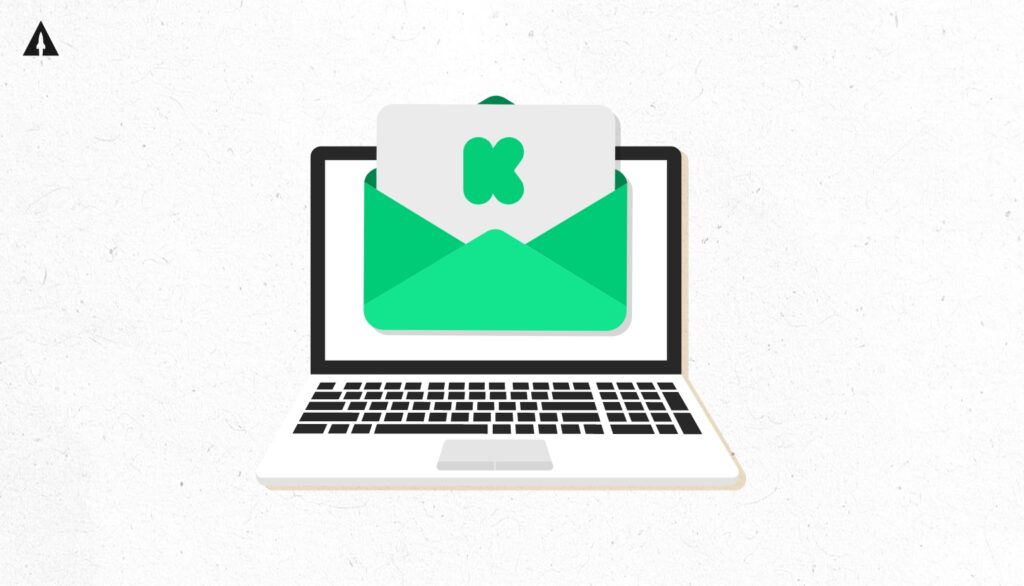
The pre-launch email list continues to be the most critical element of a successful Kickstarter launch. As the name implies, you must build this list before your campaign launches. Our favorite way to do this is by building a reservation funnel: a way for potential backers to place a $1 deposit to secure early-bird pricing or exclusive rewards
While the reservation funnel has been part of our strategy for years, we’ve seen increasingly dramatic results as we’ve refined its implementation. The data consistently shows that people who place a reservation deposit are way more likely to back your campaign than those who only provide an email address – as much as 30 times more likely.
What’s changed significantly since 2023 is how we’ve streamlined and optimized this process with technology. Our team has developed LaunchKit, which makes implementing reservation funnels more accessible and efficient for creators of all experience levels. This has allowed us to focus even more intensely on the quality of potential backers rather than just building large lists.
Let me walk you through a real example of how this works.
When Aaron Radcliffe decided to launch the Fyro T22 Backpack on Kickstarter in 2024, he had a solid foundation to build from. After reviewing “hundreds of the world’s best backpacks” on his YouTube channel Nomads Nation, Aaron had built credibility in the everyday carry community.
Most creators would have leveraged this audience by simply collecting email addresses. But Aaron took a different approach—he implemented LaunchBoom’s reservation funnel where interested subscribers could place a $1 deposit to secure early-bird pricing on his innovative backpack with features like “The Hatch” (a unique front compartment) and a dedicated tech compartment with five layers of protection.
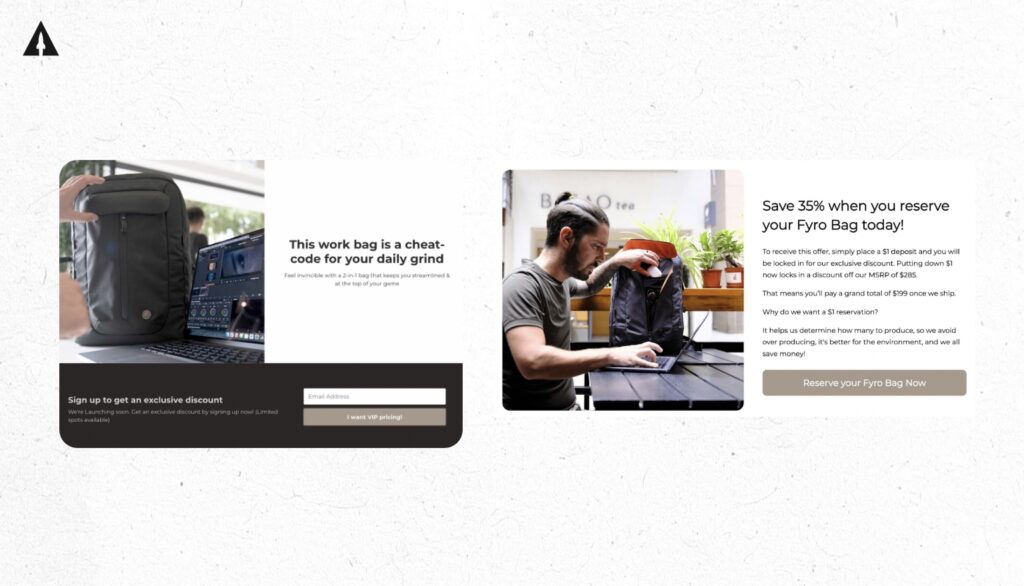
This strategy transformed passive viewers into invested VIPs. When launch day arrived, these VIPs were primed and ready to back immediately. The strategy worked: $232,000 from 1,165 backers within the first 48 hours, ultimately raising $373,464 total—over 3,700% of his initial $10,000 goal.
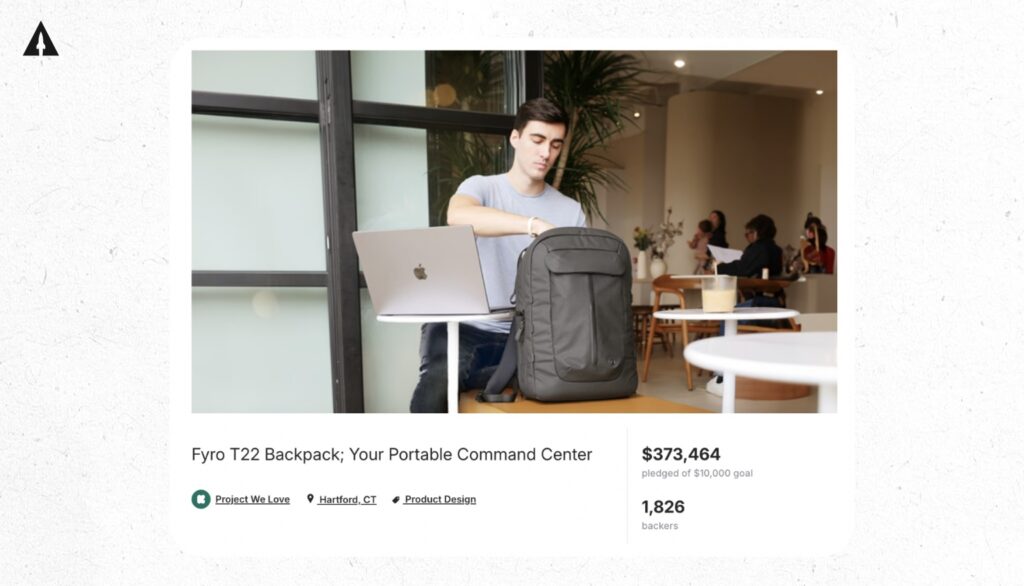
You can break down the 2025 pre-launch strategy as follows:
- Create a landing page that clearly communicates your product’s core value proposition. Don’t get fancy here—focus on clearly explaining what problem you’re solving and why your solution is better than alternatives.
- Offer a compelling incentive for placing a $1 reservation deposit. This might be early-bird pricing (typically 30-40% off retail), exclusive variants not available to the general public, or bonus add-ons that enhance the product experience.
- Direct your VIPs (those who place deposits) to exclusive communities. Discord has become the platform of choice for most creators, as it allows for more dynamic engagement than email alone. In these communities, you can share behind-the-scenes content, gather feedback on product features, and build anticipation for launch.
- Implement a strategic email sequence focused on high-impact touchpoints. The days of weekly updates are gone—instead, focus on a few key communications: a welcome email explaining what to expect, a 7-day pre-launch announcement, a 24-hour reminder, and launch day notifications (morning and evening).
- Direct your email subscribers to your Kickstarter pre-launch page. This creates dual notification pathways (your email and Kickstarter’s native alerts), increasing the likelihood of Day 1 conversion.
This Horseman leads the charge. According to our internal data from over 1,000 campaigns, 90% of the backers from your pre-launch list will convert within the first 48 hours—a statistic that has remained consistent over the years.
2. Online Advertising: Meta and Beyond

Online advertising is a must for crowdfunding. It’s not only how you will drive traffic to your reservation funnel, but it will be one of the main sources of traffic to your live campaign.
Even with all the changes to ad tracking, the rise of TikTok, and all the damning headlines, Meta (Facebook & Instagram) still reigns supreme. The return on investment (ROI) on other platforms (such as YouTube or TikTok, for example) don’t come anywhere close to the ROI we see on Facebook and Instagram. That’s why we recommend that our clients spend more than 90 percent of their ad budgets with Meta.
The online advertising landscape for Kickstarter campaigns in 2025 requires several fundamental shifts in thinking:
- Mobile-optimized creative is no longer optional—it’s mandatory. Over 50% of Kickstarter traffic comes from mobile devices. If your video ads don’t communicate clearly in the first 3-5 seconds without sound (as most mobile users browse with sound off), you’re losing valuable opportunities.
- Video formats have evolved from long-form explainers to quick, feature-focused clips and user generated content. The days of 3-minute product videos are largely behind us. Today’s most effective campaign videos front-load key information and benefits, knowing that viewer attention spans have shortened dramatically. Our highest-performing clients now create 2-5 different video assets highlighting specific features rather than one comprehensive video.
- Meta Pixel integration with Kickstarter allows for precise conversion tracking and campaign optimization. This integration, which wasn’t widely utilized in 2023, now enables creators to see exactly which ads are driving not just traffic, but actual backing conversions. This allows for much more efficient ad spend allocation.
This Horseman will fight till the end. The online advertising Horseman will be with you for the remainder of the campaign (long after the pre-launch-email-list Horseman has retired). Consistent use of ads will allow you to keep sustained traffic throughout your campaign. Depending on how good the returns are, you can scale up and down as you please.
3. PR and Influencers: Quality Over Quantity

Landing solid PR provides your campaign with two important things:
- It boosts credibility: Everyone loves to see the “logo clouds” and comments from top media outlets.
- It generates sales: Top-tier media placement can put millions of eyeballs on your product, which can drive tons of revenue.

This horseman is notoriously difficult to control, but when harnessed effectively, it can create powerful surges of traffic and credibility.
Two years ago, I advocated for broad PR outreach—contacting as many publications as possible in hopes that some would feature your campaign. That approach simply doesn’t work in 2025’s crowded media landscape. According to Press Farm’s analysis of crowdfunding PR, the average journalist at a tech publication now receives over 300 pitches daily. Mass outreach just adds to the noise.
Today, successful PR strategy focuses on building relationships with fewer, more relevant outlets and creators. Let me show you how this works in practice.
Aaron, our client and creator of Sea Beasts which raised $654K, had a far more focused PR & influencer strategy. Instead of blasting press releases to hundreds of gaming outlets, he took a more selective approach centered on reaching the right audiences.
His efforts led him to getting picked up by multiple board game review YouTube channels like Rahdo Runs Through which has over 110K subscribers.
This more focused approach proved to be extremely effective. By appearing on a platform where the audience was already predisposed to be interested in cooperative games with unique mechanics, Aaron was able to generate genuine enthusiasm without the waste associated with mass PR outreach.
The rise of micro and nano influencers has been perhaps the biggest shift in PR strategy since 2023. These smaller creators (typically with 5,000-50,000 followers) often have much higher engagement rates than major influencers with millions of followers. According to recent research from 5WPR published in March 2025, 92% of consumers trust micro-influencer recommendations over traditional advertising or celebrity endorsements.
We can boil down the 2025 PR & influencer strategy for Kickstarter campaigns with the following points:
- Create a targeted media list focusing on quality over quantity. It’s better to have meaningful coverage from five relevant outlets than cursory mentions from twenty tangential ones. Go to successful campaigns that have the same audience as yours. Check out which outlets covered them and add them to your list.
- Provide complete press kits with high-quality assets ready for publication. Journalists and reviewers are busy; the easier you make their job, the more likely they are to cover your campaign. Include high-resolution images, key specifications, funding goals, launch dates, and concise messaging points in the press kit and link it on your campaign page.
- Coordinate coverage to create a “surround sound effect” during those crucial first 48 hours. Rather than having coverage trickle in throughout your campaign, work to concentrate media mentions during launch. This amplifies your campaign’s visibility and creates the impression of widespread momentum.
- Focus on authentic relationship building rather than mass outreach. Reach out to relevant creators well before your campaign launches. Follow them on social media, engage meaningfully with their content, and approach them as potential partners rather than publicity outlets.
This horseman fights in waves. Most of the time, the traffic you receive from PR and influencers will come in bursts. You’ll get placement on a media site, see a spike in traffic and sales, and then see it die down just as fast. The good news is that PR placement tends to become easier to land with each placement you get.
4. Kickstarter Platform Discovery: Understand the Algorithm
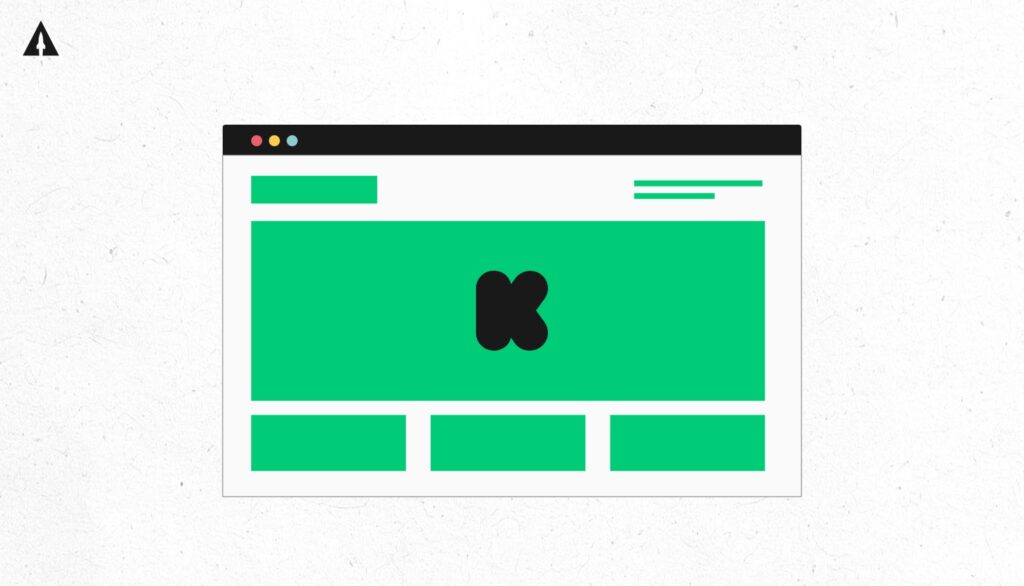
I’m always getting asked, “Why do you launch on Kickstarter? Shouldn’t you just launch on your own website so you have more control?” It’s simple. There may be many reasons that crowdfunding platforms are the best place to launch your product, but the top reason has never changed — crowdfunding platforms have millions of visitors viewing their website every day. Tap into that traffic, and you’ll raise a lot more money than you could otherwise.
The platform’s discovery mechanisms have evolved significantly, but the fundamental principle remains the same: you need to bring your own audience first to trigger the algorithm to provide additional organic visibility. Projects that achieve a substantial percentage of their funding goal in the first 48 hours are dramatically more likely to be featured in Kickstarter’s discovery sections.
When our client Joe, the creator of AstroBrew, launched on Kickstarter, he understood this principle deeply. By activating his pre-launch email list and VIP community immediately at launch, he generated $68,574 in sales in 24 hours. This was enough momentum to trigger Kickstarter’s algorithms and get him more traffic.
By the end of the campaign, he had raised 24% or $35,359 in additional funding from Kickstarter’s audience.
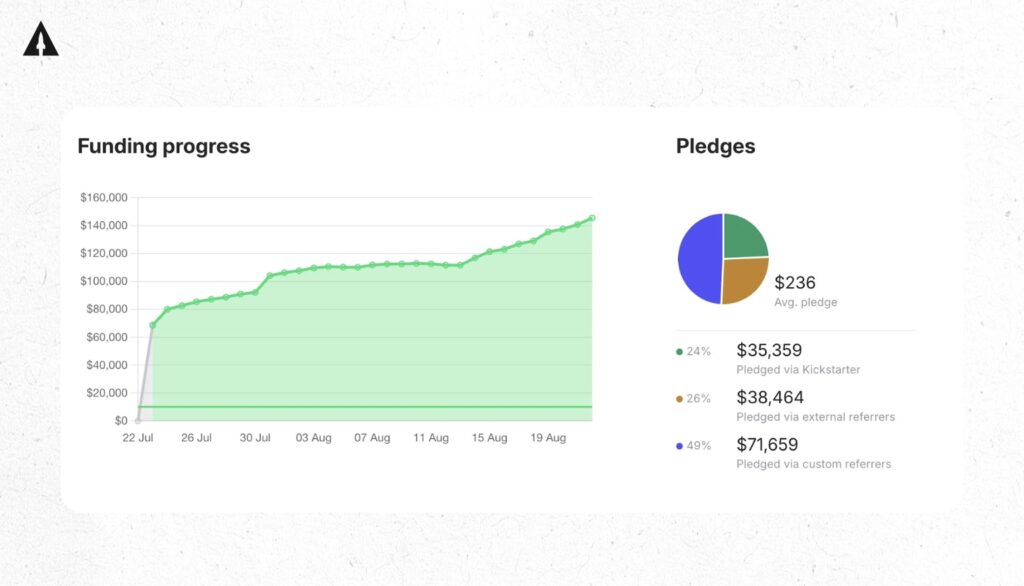
After analyzing hundreds of campaign launches, we’ve identified several critical insights for maximizing platform discovery in 2025:
- Launch timing is crucial. Tuesday between 7-10 AM in whatever timezone the majority of your audience is located consistently shows the best results across categories. This timing aligns with high user activity on the platform while avoiding the congestion of Monday launches.
- Seasonal timing matters more than most creators realize. Avoid launching in November (due to Black Friday competition) and December (holiday distraction). Instead, consider launching during the season when people would naturally use your product—summer for sunglasses, winter for snow gear, etc.
- The first 48 hours remain absolutely critical for algorithmic performance. This isn’t just about hitting your funding goal—it’s about generating the velocity metrics that Kickstarter’s algorithms prioritize. Rapid funding, high backer counts, and strong engagement signals (comments, updates, social shares) in this window determine your project’s visibility for the remainder of the campaign.
- Securing the “Projects We Love” badge has become more crucial than ever for visibility. While Kickstarter doesn’t disclose exactly how they choose Projects We Love, campaigns that demonstrate strong community engagement, creative innovation, and compelling stories consistently earn this designation.
This Horseman never rides alone. If the other three Horsemen don’t show up to the campaign, then this Horseman won’t appear either. Drive sales through your pre-launch email list, online advertising, and PR, and you’ll start to see sales come in from the Kickstarter or Indiegogo communities, because both platforms have ranking systems. Generally, the more popular your campaign is, the higher you are in the rankings.
Step 2: Build a Rock-Solid Pre-Launch Promotion Strategy

If there’s one thing we’ve learned from hundreds of launches, it’s that what happens before your campaign goes live is more important than what happens during it. A well-executed pre-launch strategy is the difference between hitting your funding goal in hours versus struggling to gain traction for weeks. Here’s how to do pre-launch marketing right in 2025.
The Reservation Funnel: Converting Interest to Intent
A key strategy that has continued to prove its effectiveness in 2025 is the reservation funnel concept. While we pioneered this strategy all the way back in 2017, we’ve seen its impact continue to grow dramatically even in 2025 as more creators understand its usefulness.
Here are the top 3 benefits of a reservation funnel:
- Understand who your “superfans” are: those that upgrade to VIP by spending $1 in the pre-launch are your biggest supporters. By building an email list of superfans, you’ll have a more successful launch.
- Get a higher ROI: for regular products, we see VIP lists convert somewhere between 20 to 40% and for tabletop game campaigns, that number can be up to 50%.
- Know when you’re ready to launch: VIP lists convert at a much more consistent rate than email lists alone. By building a VIP list using a reservation funnel, you can launch with confidence.
Here’s a real example of how powerful this approach can be. When we started working with Aaron, the creator of the Sea Beasts board game, he initially launched on Gamefound and had to cancel his campaign due to underwhelming results.

After his Gamefound setback, Aaron regrouped and completely revamped his strategy for Kickstarter. This time, he implemented our reservation funnel approach to build a pre-qualified audience of serious backers before launch. The pivot made all the difference.
Rather than just collecting email addresses from interested gamers, the reservation funnel allowed potential backers to place a $1 deposit to secure the “Shimmering Scales” deluxe upgrade (which was a $15 value).
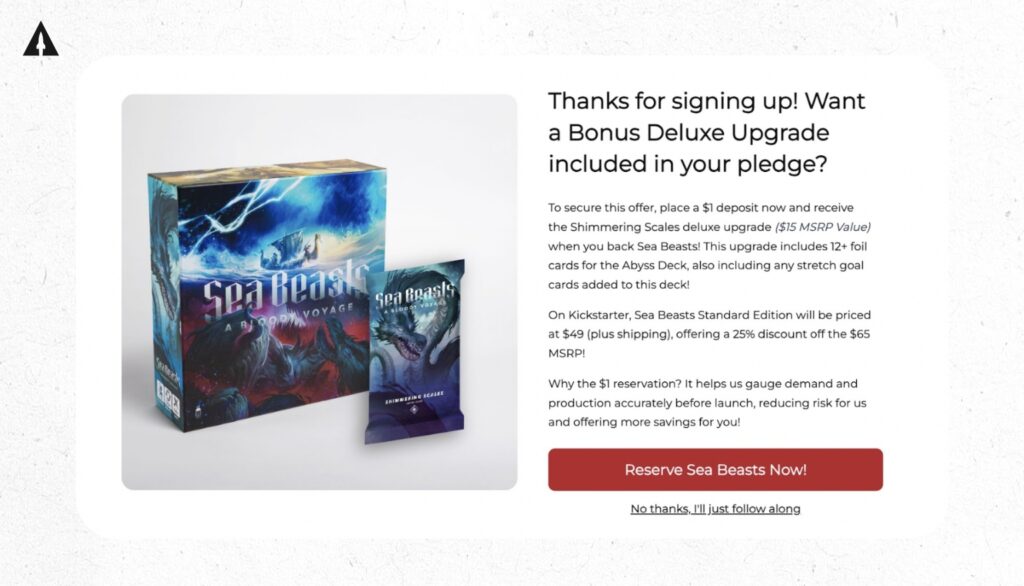
A lot of people took the offer.
Out of ~10,000 email subscribers he collected, 2,488 placed $1 reservation deposits. And on launch day, these VIPs converted at a significantly higher rate than the typical 3-5% seen from regular email subscribers. Aaron raised $155,804 in 24 hours. This immediate surge helped him raise over $654,000 from 5,284 backers, far exceeding his $15,000 goal.
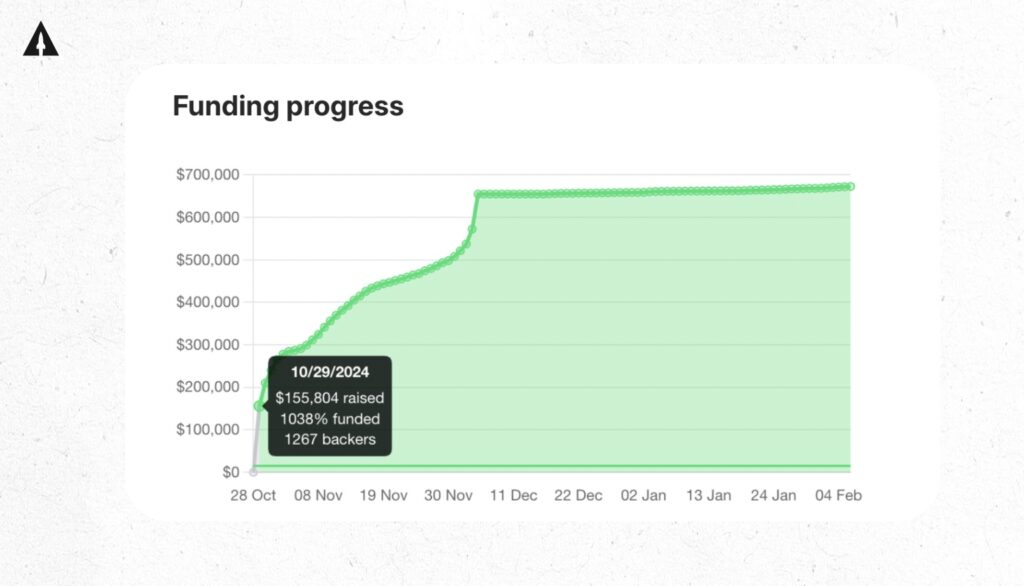
The power of this approach lies in the qualification it provides. When someone places even a small deposit, they’re demonstrating real buying intent.
Like I said before, we’ve built our own software called LaunchKit that makes creating reservation funnels simple. But you can create your own using tools like Shopify or WordPress with payment plugins. The specific implementation matters less than the concept: create a small barrier to entry that separates serious buyers from casual browsers.
Strategic Email Marketing: Less is More
Email marketing has evolved dramatically from the “blast weekly updates” approach that dominated in 2023. Today, successful crowdfunding email marketing follows a “less is more” philosophy focused on strategic, high-impact communications.
The SeatMate pet furniture campaign provides an excellent case study in effective email marketing. Rather than sending frequent updates about product development, they focused on creating a small number of highly engaging emails that drove specific actions.
Their welcome email clearly explained the problem their product solved (pets interrupting work-from-home productivity), showed the solution (their innovative pet chair with integrated ramp), and set expectations for next steps.
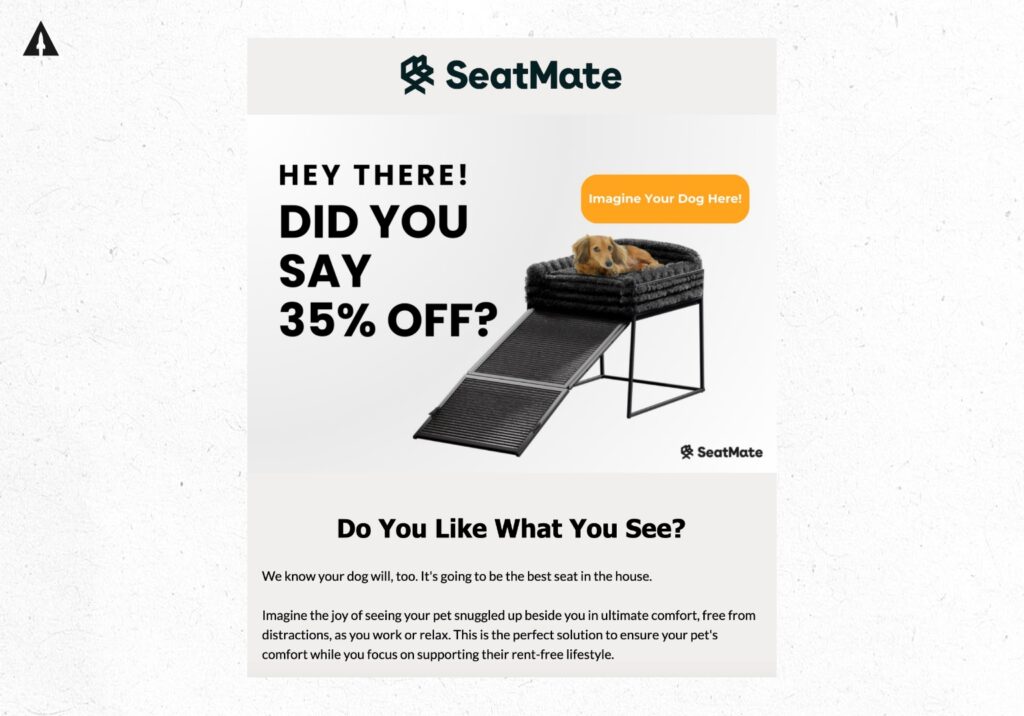
Then they went silent until exactly 7 days before launch, when they sent a detailed announcement with launch timing, early-bird pricing, and a clear call to action to mark calendars.
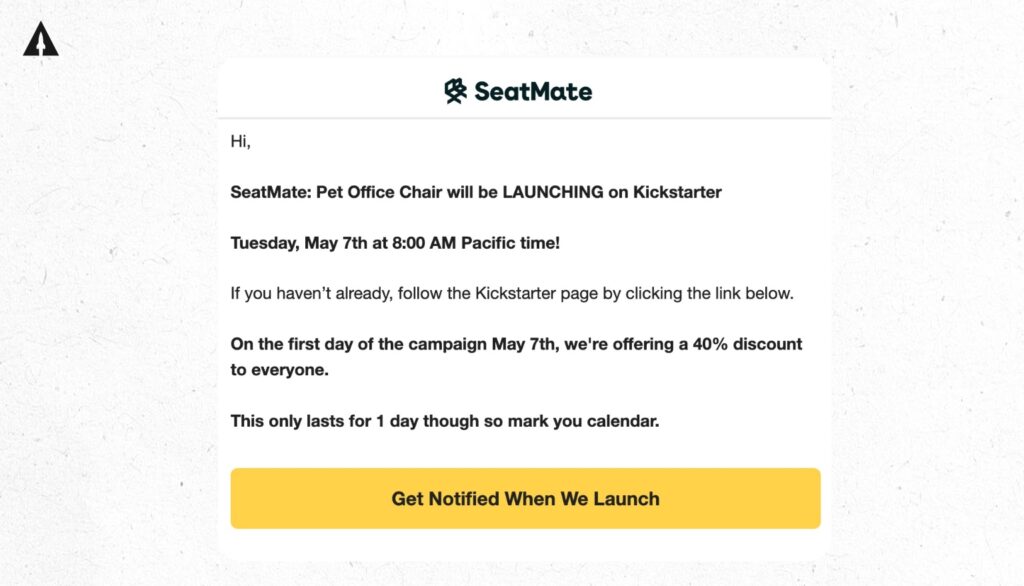
The day before launch, they sent a final reminder with specific instructions for securing early-bird rewards. On launch day, they sent two carefully timed emails—one when the campaign went live in the morning and another in the evening highlighting their initial funding success and emphasizing limited-time rewards.

This focused approach resulted in open rates for VIPs exceeding 70% and click-through rates above 22%—far surpassing industry averages. According to Mailchimp’s email benchmark report, the average open rate for e-commerce emails is just 29.81%, with click-through rates around 1.74%.
The quality of your emails matters far more than quantity. Focus on clear, compelling messaging that emphasizes your unique value proposition and the limited-time nature of campaign rewards.
Community Building: Beyond Email
Building a community around your product has become essential for campaign success in 2025. While email remains the primary communication channel, successful creators are now building communities on social media platforms like Discord, Facebook Groups, YouTube and Instagram, where they can engage more directly with potential backers.
Aaron Radcliffe’s approach with Fyro exemplifies how powerful community building can be when done right. As a YouTuber who reviewed backpacks, Aaron already had an engaged audience. But rather than simply directing them to his campaign, he invited them into a development process he called “building in public.”
Through his YouTube channel, Aaron shared prototypes, solicited feedback on features, and even held votes on design elements like color options and pocket configurations. This approach transformed passive viewers into invested collaborators who felt personally connected to the product’s success.
On his appearance on our LaunchBoom podcast, Masters of Crowdfunding, Aaron explained: “By the time we launched, our community members weren’t just backers—they were evangelists who had a stake in seeing the T22 succeed. They didn’t just back the campaign; they shared it everywhere because they felt part ownership in what we’d created together.”
This community-first approach creates several powerful advantages:
- It establishes a sense of exclusivity for your most engaged supporters, making them feel like insiders rather than just customers
- It allows for real-time feedback on product features and campaign messaging
- It builds relationships that extend beyond the campaign itself
- It provides a channel for updates and engagement that doesn’t rely on email deliverability
- It creates a group of passionate advocates who will share your campaign within their networks
When building your pre-launch community, focus on quality over quantity. A small, highly engaged group of true believers will drive more success than a large, disinterested audience. Give your community members opportunities to contribute meaningfully, and they’ll reward you with their support when launch day arrives.
Step 3: Leverage Kickstarter’s Latest Features
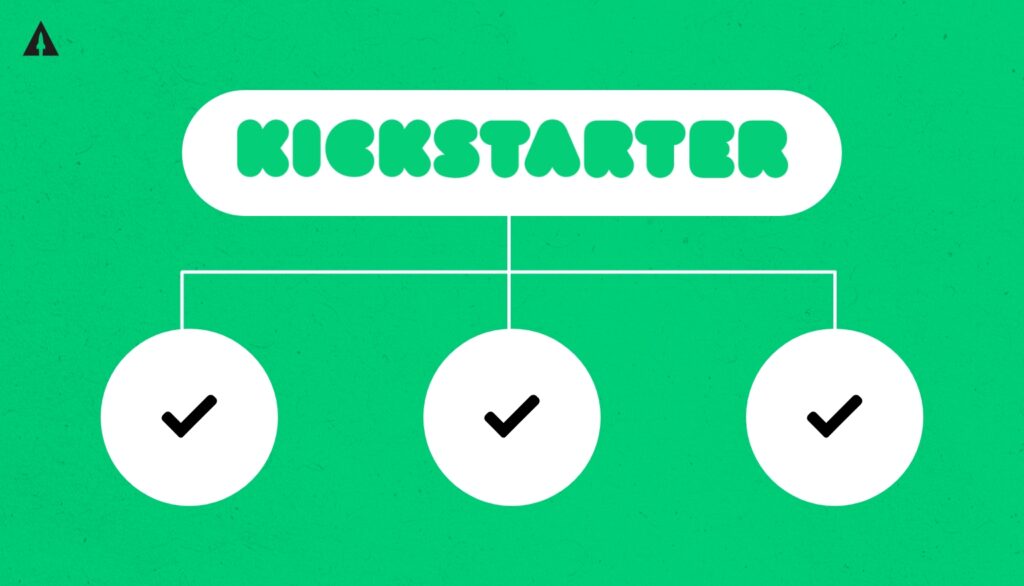
Kickstarter has undergone significant changes since 2023, introducing new features that create both opportunities and challenges for creators. Understanding these changes is crucial for optimizing your campaign strategy.
Integrated Pledge Management
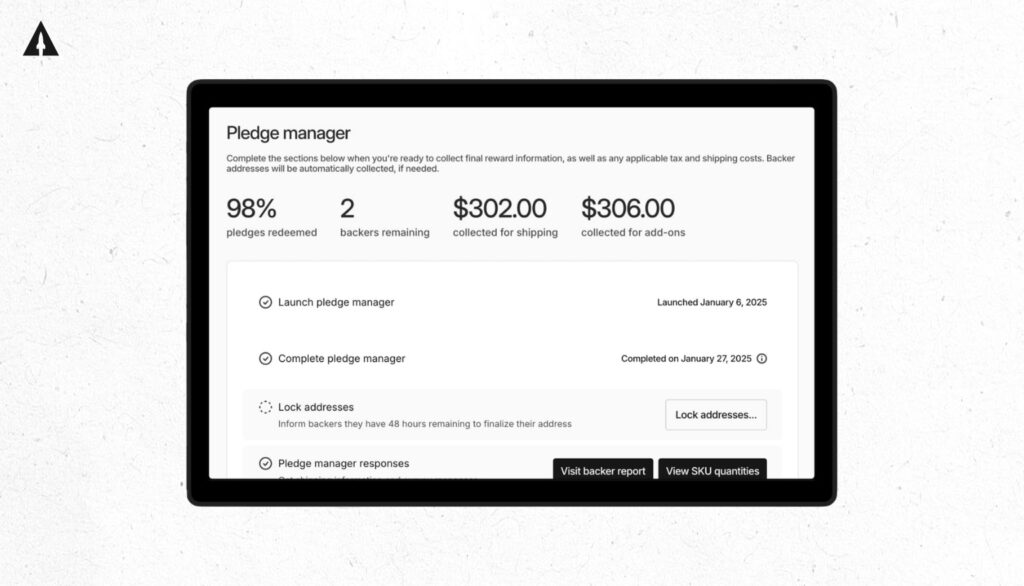
One of the biggest updates to the Kickstarter platform is the introduction of integrated pledge management tools. Previously, creators had to use third-party services to handle post-campaign logistics like add-ons, address collection, and fulfillment tracking.
Now, Kickstarter offers these features natively, allowing creators to:
- Manage all campaign logistics in one place
- Offer post-campaign add-ons without losing backers to external platforms
- Streamline the fulfillment process with integrated shipping solutions
This integration reduces friction for backers and potentially increases post-campaign revenue through add-on sales. The feature is currently in beta with select creators, and Kickstarter has confirmed that these tools will be rolled out to all creators later in 2025, representing a significant step toward making Kickstarter a true end-to-end crowdfunding solution.
Pledge Over Time

Another game-changing feature is Pledge Over Time, which allows backers to split their pledge into four equal payments if the reward is over $125. This feature addresses one of the biggest barriers to high-value pledges: upfront cost.
By offering more flexible payment terms, creators can:
- Attract backers who might be hesitant to make large one-time pledges
- Increase average pledge values as backers opt for higher tiers
- Expand their potential backer base to include more budget-conscious supporters
For campaigns with higher-priced rewards, this feature could significantly impact funding success. It’s currently available to select creators and will expand to all creators later this year.
Secret Rewards

Launched on February 26, 2025, Secret Rewards is one of Kickstarter’s newest features that allows creators to create hidden reward tiers only accessible via a private link. This highly requested feature gives creators more control over their reward strategy and creates new opportunities for exclusive offerings.
Secret Rewards function as invite-only rewards that aren’t visible on the main project page. To set them up:
- Go to your dashboard and click on the Rewards tab
- Choose “Select backers only (Secret Reward)” for ‘Audience’ under the ‘Availability’ section when creating the reward
- After saving, you’ll receive a unique link that you can share with select backers
When your project is live, backers can use the private link to access and pledge to the Secret Reward. The reward won’t be visible to anyone accessing your project page without that link.
The benefits of Secret Rewards are substantial:
- Create private, invite-only rewards for select backers
- Share exclusive links with your community members, such as social media followers, email subscribers, or previous Kickstarter supporters
- Boost pre-launch momentum by using Secret Rewards to drive email sign-ups
- Reward your biggest supporters with Kickstarter exclusives
This feature provides a powerful new tool for rewarding your most engaged community members and creating a sense of exclusivity around your campaign. Plus, it pairs very nicely with the reservation funnel strategy.
Step 4: Build a Campaign That Actually Converts
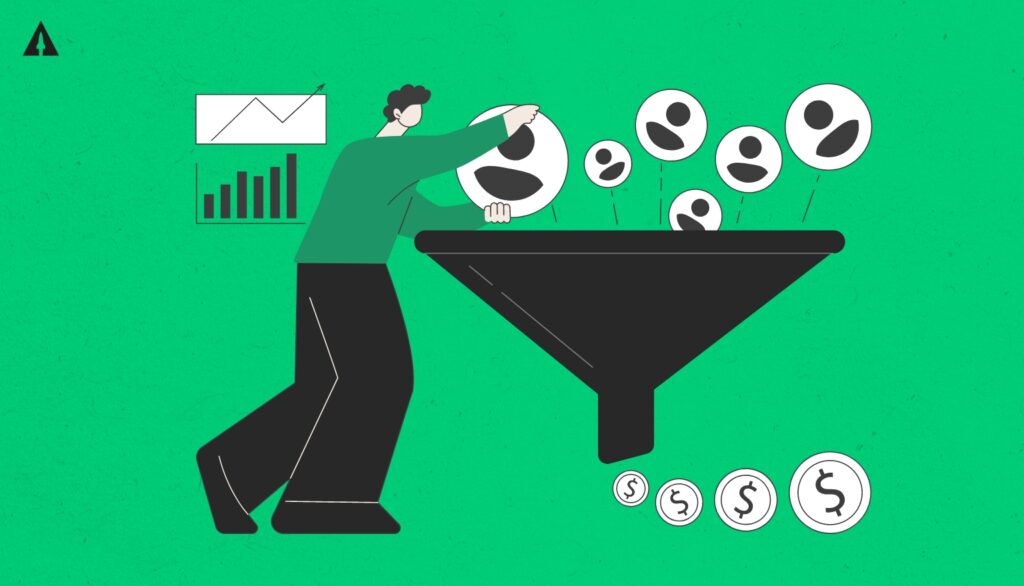
Creating a compelling campaign page has always been important, but in 2025’s competitive landscape, excellence in campaign creation is non-negotiable. Backers have higher expectations than ever, and your campaign needs to meet them from the first impression.
Strategic Product Positioning
The most successful campaigns start with clear, compelling product positioning. And clear compelling product positioning is made up of two things:
- Knowing who your audience is
- Knowing how to communicate the value of your product to that audience
Starting with the first one, there’s a simple framework you can use to figure this out. I call it the Superfan framework and its purpose is to identify the people who would love your product.
Start by asking the following questions:
- What do they do for fun?
- What brands do they buy from?
- Who do they follow?
- What do they watch and listen to?
For example, when our client Tyler from Polycade asked these questions, his Superfan looked something this:
- They loved video games, especially the retro arcade type
- The liked the finer things in life – like Ferrari, Supreme and Montblanc watches
- They were also a little bit of a nerd and liked publications like Wired or watching the latest Marques Brownlee tech review
Next, you have to figure out how to communicate the value of your product to your superfan. Here’s where I recommend using the Consumer Based Brand Equity (CBBE) Framework.
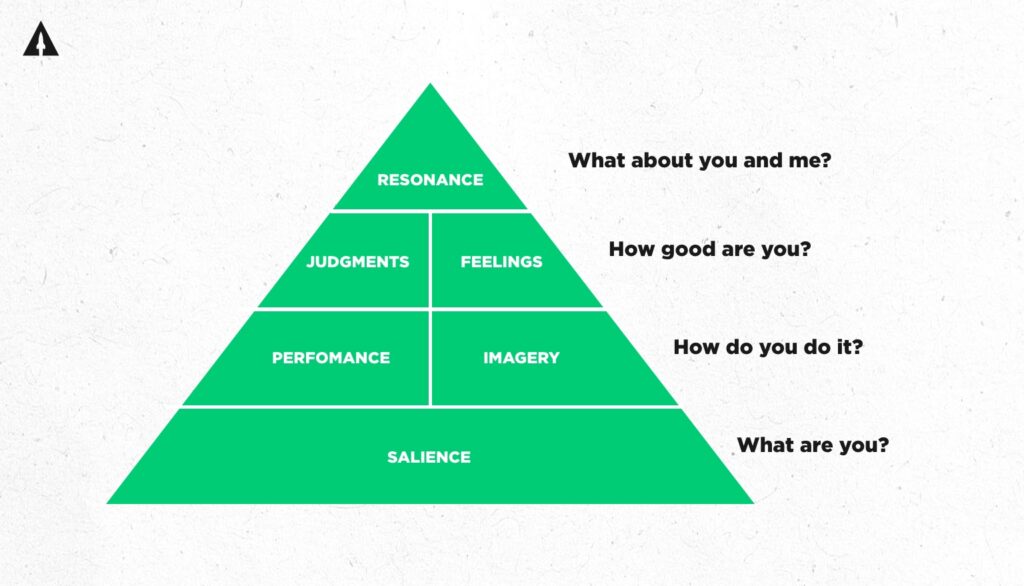
It can be broken down like this:
- Salience
- What product category are you in?
- What problem do you solve?
- What is your product in a sentence or two?
- Performance
- What makes you different from your competition (points of difference)?
- What makes you similar to your competition (points of parity)?
- What are the core features of your product?
- Imagery
- What brands would you associate with your product?
- Where is your product used?
- How is your product used?
- Judgments
- What positive judgments will people have about your product?
- What concerns or doubts may people have about your product?
- What credibility do you have in the space?
- Feelings
- How do you want people to feel when using your product?
- What is the voice of your message? (As a friend, a teacher, a doctor, a professional, an expert – what type of language will we be using?)
- What is the tone of your message? (Funny, somber, optimistic, epic, intense, friendly, etc.)
- Resonance
- What are the core values of your product?
- How is your mission in alignment with your customer’s mission?
- Why will your customers only choose you?
Tyler used this framework to come up with messaging that he used across all elements of his campaign including his ads, campaign page and landing page (as seen below):
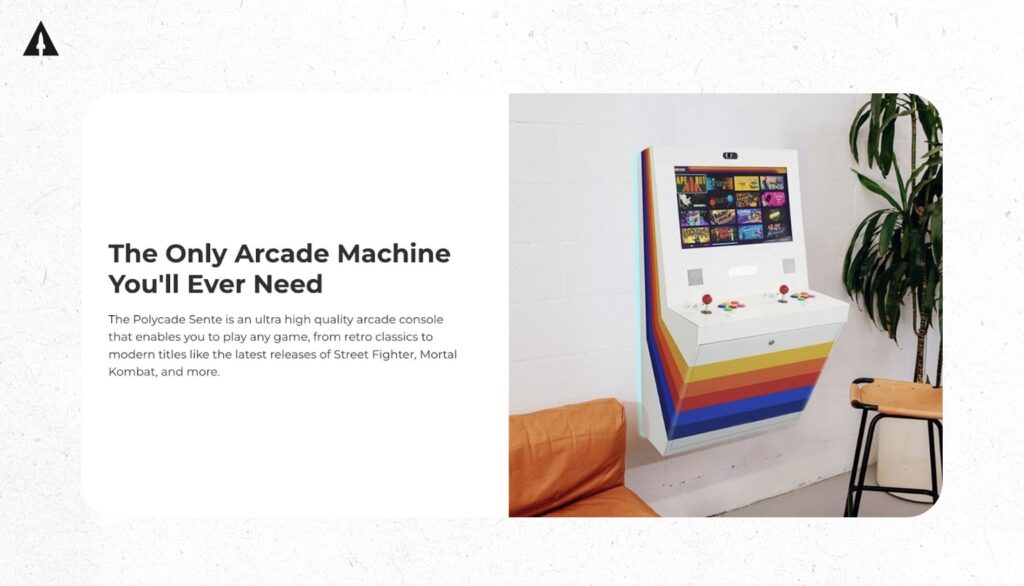
He went on to raise $1,658,958, so clearly he nailed his positioning:
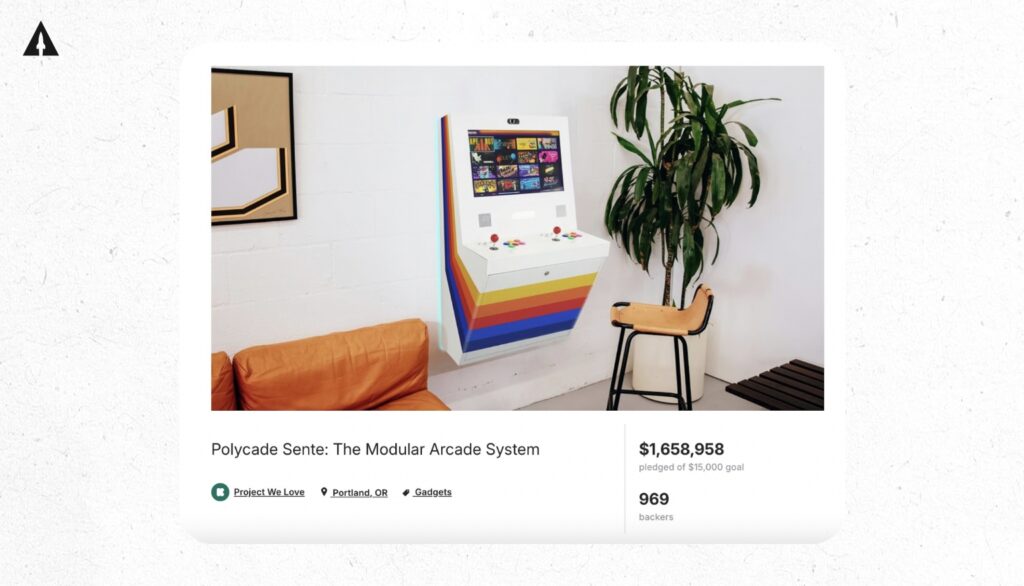
Use this structured approach to ensure your messaging resonates with potential backers and clearly communicates your product’s value proposition.
High-Quality Visuals: The New Standard
The visual quality of successful campaigns has risen dramatically since 2023. Three types of imagery are now essential that I like to call the Photo Quality Pyramid:
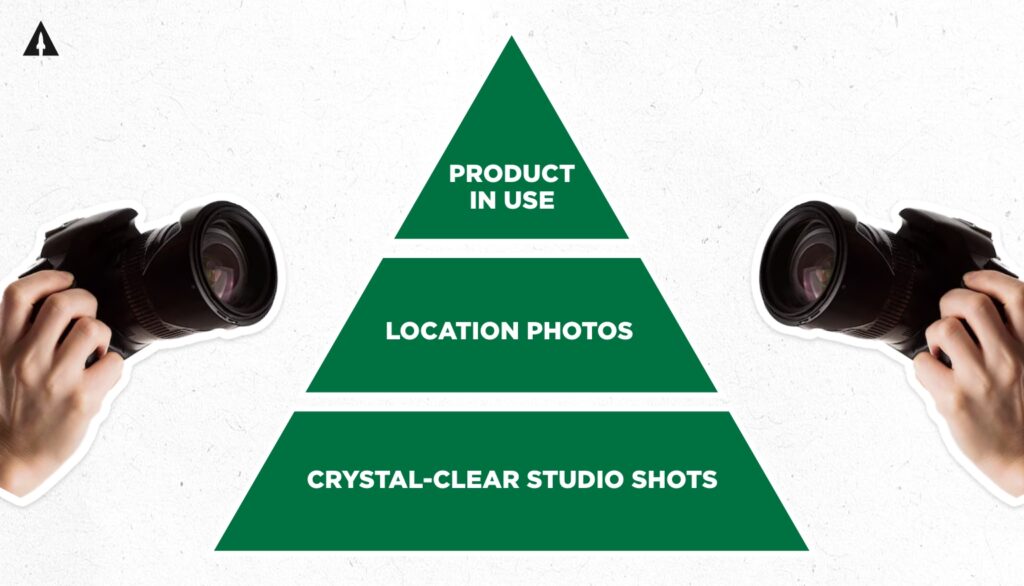
- Studio Photos: Professional “glamour shots” from multiple angles on a white or colored backdrop
- Location Photos: Showing the product in the environment it’s intended to be used
- Action Photos/GIFs: Demonstrating key features and benefits in motion
For pre-launch marketing, photorealistic renderings can be effective, but Kickstarter prohibits their use on the campaign page itself. Plan your visual production accordingly.
Campaign Page Optimization
The structure and content of your campaign page need to be meticulously crafted. Here are my top tips for 2025:
- Think in headlines: most visitors skim your page rather than read every word. Make it so that a potential backer can understand your core value proposition just by reading the headlines.
- Turn parts of your video into GIFs: gifs do a great job at showcasing product features dynamically.
- Use pre-launch data to influence your design: you’ll be learning a lot during your pre-launch about what works and what doesn’t. Take the best performing headline from your landing page and make it your campaign page headline… take the best ad image and make it your campaign image… etc.
- Maintain design consistency: using consistent design elements like colors, fonts, and branding elements throughout the page increases the perceived value of your product and builds trust with potential backers.
- Design for mobile: make sure your page is easy to navigate on phones because a huge amount of your traffic will come from mobile.
Remember that most potential backers will decide whether to support your project within the first 15-30 seconds of viewing your page. Make those seconds count with clear, compelling content that immediately communicates your product’s value.
Campaign Video Standards
Video production standards have evolved, but effectiveness still trumps production value. This is an area where I see too many first time creators spend too much money. Here are my top tips:
- Keep budget under $15,000 with focus on effectiveness over production quality
- Use voice-overs and stock footage to reduce costs while maintaining quality
- Focus on demonstrating product benefits rather than telling your company story
- Keep videos concise with critical information in the first 30 seconds
The most successful campaign videos in 2025 get straight to the point, showing the product in action and highlighting key benefits without unnecessary backstory or filler content.
For example, here’s a great video from our client, Xebec Snap, who raised $692,303 on Kickstarter.
Reward Strategy Optimization
Your reward strategy directly impacts your campaign’s average order value (AOV) and overall funding success. Two approaches have proven most effective in 2025:
- Discount Stacking
This is where you list the same product but at different price points with varying discounts (early bird, super early bird, etc.). For example, see how our client Harshyt, the creator of Inku Calendar, did this with his launch and raised $284,684 on Kickstarter.
He had 3 different “discount stacks” for 30%, 25%, and 22% off. Each discount was limited. The scarcity of each discount created real urgency for backers to pledge immediately.

- Value Stacking
This is where your rewards are bundles of products with increasing value at higher price points. So as the price goes up, so does the value.
For example, check out how our client Trevor, the creator of Pantheum, did this and went on to raise $288,619 on Kickstarter. He had 3 different “value stacks” for $39, $69, and $99. Each reward included more items and more value.
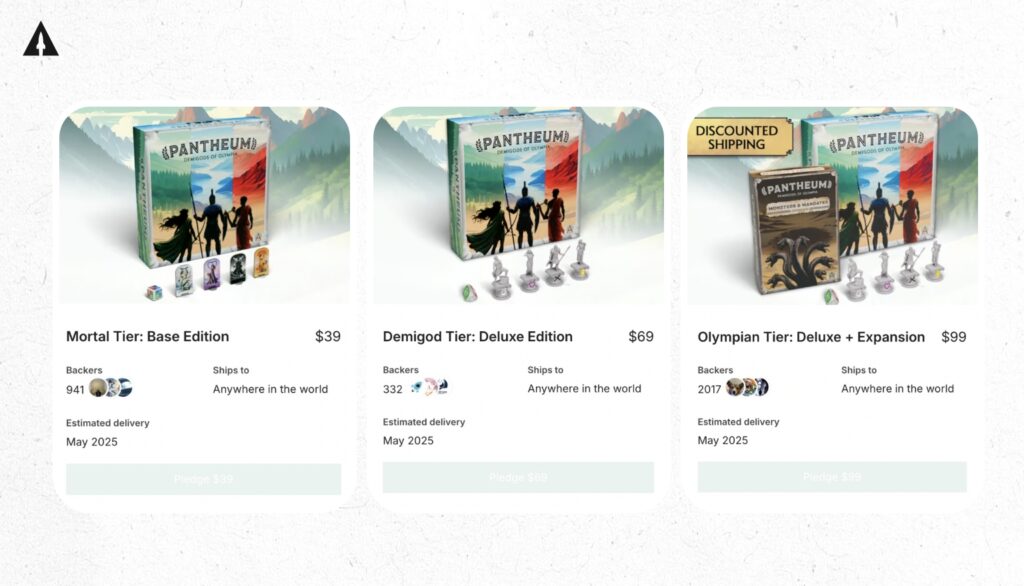
The key is to create clear value differentiation between tiers while maintaining simplicity. Too many options can paralyze potential backers and reduce conversion rates.
Step 5: Execute a Perfect Launch
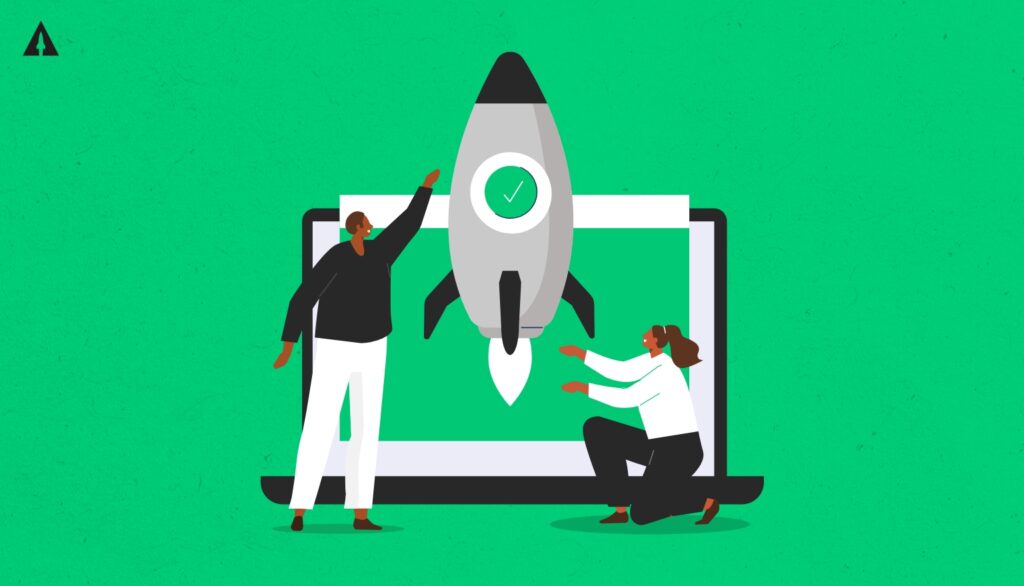
The moment your campaign goes live is when all your pre-launch work is put to the test. A well-executed launch can generate massive momentum that carries throughout your campaign.
Funding Goal Strategy
Setting the right funding goal is a strategic decision that depends on your campaign objectives. We recommend one of two approaches:
- Funding Strategy: Set goal at minimum needed to create product
- Marketing Strategy: Set goal at what you can achieve on day one for maximum momentum
For the marketing strategy approach, calculate your goal using this formula: (Number of VIPs × Expected conversion rate × Average price point)
For example, let’s say you have 1,000 VIPs, you estimate that 30% will convert into a backer, and your average price point is $100. That’d mean you’d expect to have $30,000 in sales on the first day. Because of that, you could set your funding goal to $25,000 to create the appearance of rapid funding.
Getting funding quickly has the added benefits of:
- Boosting credibility & conversion rates: a funded campaign looks more credible in the eyes of potential backers.
- Making you more attractive to press: many press outlets won’t cover a campaign until it hits its funding goal.
- Increasing your visibility on Kickstarter: getting funded quickly can boost your rankings in Kickstarter’s popularity rankings, which can drive more traffic to your campaign organically.
But please please please… only choose the “marketing strategy” option if you have the funds to follow through with creating your project no matter what you raise. You don’t want to put yourself in a situation where you fund quickly but still don’t have enough to follow through with your project.
First 48 Hours Maximization
The first 48 hours of your campaign are critical for both funding momentum and algorithmic visibility. To maximize this period:
- Send two emails on launch day (morning and evening)
- Implement “surround sound” remarketing to your entire email list
- Coordinate PR and influencer coverage to align with launch
- Focus ad spend on your most qualified audiences
- Monitor and adjust strategy based on real-time performance
This concentrated push creates a funding surge that can trigger Kickstarter’s algorithms to feature your project more prominently, creating a virtuous cycle of visibility and backing.
Step 6: Conquer the Mid-Campaign Valley
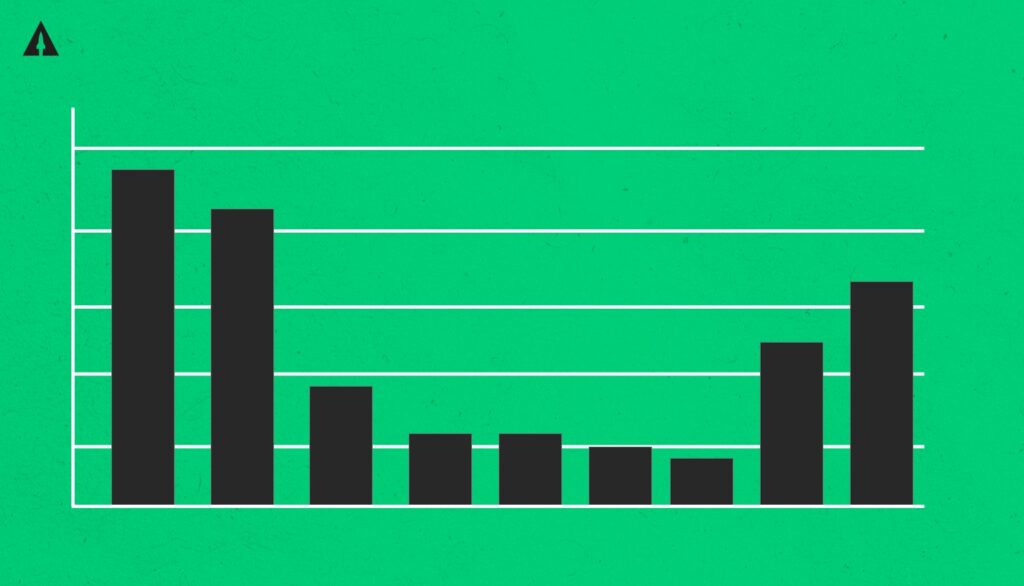
After the initial surge of the first few days, most campaigns experience what we call the “valley of death” – a period of significantly reduced backing activity that can last until the final days of the campaign.
Meta Advertising During Campaign
During this middle period, strategic advertising becomes crucial for maintaining momentum:
- Set up remarketing advertising to target:
- Your entire pre-launch email list
- Website visitors who didn’t convert
- Lookalike audiences based on your VIP list
- Use social proof in ad copy (funding percentage, backer count)
- Incorporate reviews and testimonials as they become available
- Scale ad spend based on positive ROAS (Return on Ad Spend) metrics
Consider using performance marketing agencies like Jellop or Kickstarter performance where you only pay when they get you a sale.
The key is to continuously refresh your creative assets and targeting to prevent ad fatigue and maintain engagement throughout the campaign.
Cross-Promotion Strategies
Partnering with other live Kickstarter campaigns can provide a mutual boost during the mid-campaign lull:
- Partner with campaigns in complementary (not competing) categories
- Include cross-promotions in campaign updates
- Target campaigns with similar audience demographics
- Utilize backer newsletters like First Backer, Pledge Box, and BackerMany
- Track revenue from each cross-promotion to identify effective partnerships
These collaborations can introduce your project to new potential backers who are already actively backing Kickstarter campaigns, increasing your conversion probability.
Step 7: Nail Your Final Promotion Push and Beyond

The final days of your campaign provide one last opportunity for a funding surge. With the right strategy, you can often generate 20-30% of your total funding in just the last 48 hours.
Final Push Optimization
To maximize the closing period of your campaign:
- Send three strategic emails:
- Three days before campaign end
- Final day morning
- Final day evening (with countdown)
- Update Meta ad messaging to emphasize urgency (“ENDING SOON”, “LAST CHANCE”)
- Remarket to everyone who visited your page but didn’t back
- Highlight Kickstarter exclusives that will disappear after the campaign
The scarcity and urgency of these final hours create powerful motivation for fence-sitters to finally commit to backing your project.
Post-Campaign Monetization
With Kickstarter adding its new Late Pledge feature, post-campaign monetization has become more streamlined. However, there are still specific strategies that can maximize your post-campaign revenue:
- Activate late pledges immediately when the campaign ends
- Announce availability in a campaign update
- Make late pledge rewards slightly less attractive than campaign rewards
The whole idea of Late Pledge is that you can continue to take pre-orders after the campaign ends. For example, check out our client Samy, the creator of Luggical, who raised $150,004 on Kickstarter.
He turned on Late Pledge and has since raised an additional $23,108, bringing the total to $173,112 so far.
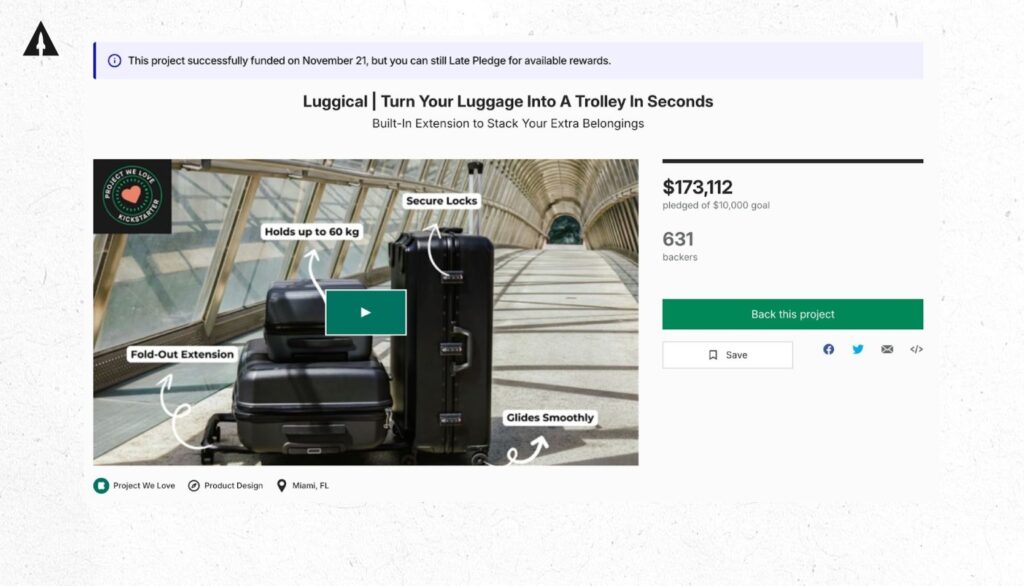
This approach maintains the value proposition of backing during the campaign while still capturing additional revenue from those who missed the original funding period.
The LaunchBoom Approach: Kickstarter Promotion Done Right
At LaunchBoom, we’ve refined our approach to Kickstarter campaigns through over 1,000 launches for products and games. While the strategies in this article form the foundation of successful campaigns, implementing them effectively requires expertise, resources, and a proven system.
Our LaunchBoom program provides creators with:
- Expert guidance from consultants who have launched 1,000+ campaigns
- Community support from other creators at various stages of their journeys
- Proven templates and frameworks that eliminate guesswork
- Strategic direction throughout the entire campaign lifecycle
- Access to our proprietary software tools, including LaunchKit
In 2024 alone, LaunchBoom campaigns raised $47,610,848, and that number seems to be accelerating in 2025.
Whether you work with LaunchBoom or implement these strategies on your own, the key is to approach your Kickstarter campaign with a strategic mindset. Success doesn’t happen by accident—it comes from careful planning, meticulous execution, and continuous optimization.
Conclusion: The Future of Kickstarter Success
As we look toward the rest of 2025 and beyond, several trends are shaping the future of Kickstarter campaigns:
- Increased importance of community building before, during, and after campaigns
- Higher production standards across all campaign elements
- More sophisticated targeting and marketing strategies
- Greater emphasis on post-campaign monetization and business building
The fundamentals of Kickstarter success remain the same: build an audience, create a compelling product, and execute a strategic launch. But the specific tactics and tools continue to evolve.
By staying current with platform changes, implementing proven strategies, and focusing on creating genuine value for backers, you can position your campaign for success in 2025’s competitive crowdfunding landscape.
If you’re ready to launch your own Kickstarter campaign, we’d love to help. Reach out to us here, talk to one of our experts, and we can get you going in the right direction.
How To Promote Your Kickstarter: Frequently asked questions
What is the best Kickstarter marketing strategy?
The best Kickstarter marketing strategy in 2025 is built on mastering the “4 Horsemen of Traffic:”
- Pre-launch email list with a reservation funnel
- Online advertising (primarily through Meta)
- Strategic PR & influencer partnerships
- Leveraging Kickstarter’s discovery algorithm
Focus on building a community of superfans before launch by implementing a reservation funnel where potential backers place a $1 deposit to secure early-bird pricing, as these VIPs convert at 20-40%. Launch on Tuesday between 7-10 AM Eastern Time, then concentrate your promotion efforts during the crucial first 48 hours and final 48 hours of your campaign when most funding typically occurs.
What are Kickstarter’s new features?
Kickstarter has introduced several game-changing features in 2025 including Integrated Pledge Management for handling post-campaign logistics directly within the platform. Pledge Over Time enables backers to split pledges over $125 into four equal payments, potentially increasing your average order value significantly. Secret Rewards lets creators create hidden reward tiers only accessible via private links, creating powerful opportunities for exclusivity and pairing perfectly with the reservation funnel strategy. The Late Pledge feature streamlines post-campaign monetization, allowing you to continue accepting orders after your campaign ends.
What are the best tips to boost your Kickstarter campaign?
Build a pre-launch audience using a reservation funnel with $1 deposits rather than just collecting emails – people who place even a small deposit demonstrate real buying intent and convert at up to 30 times higher rates. Focus your email marketing on quality over quantity with a “less is more” approach centered on 4-5 strategic, high-impact communications. Set your funding goal strategically using the formula (Number of VIPs × Expected conversion rate × Average price point) to create the appearance of rapid funding, which boosts credibility. Master the mobile experience across all campaign elements since over 50% of backers will discover your campaign on mobile devices.



